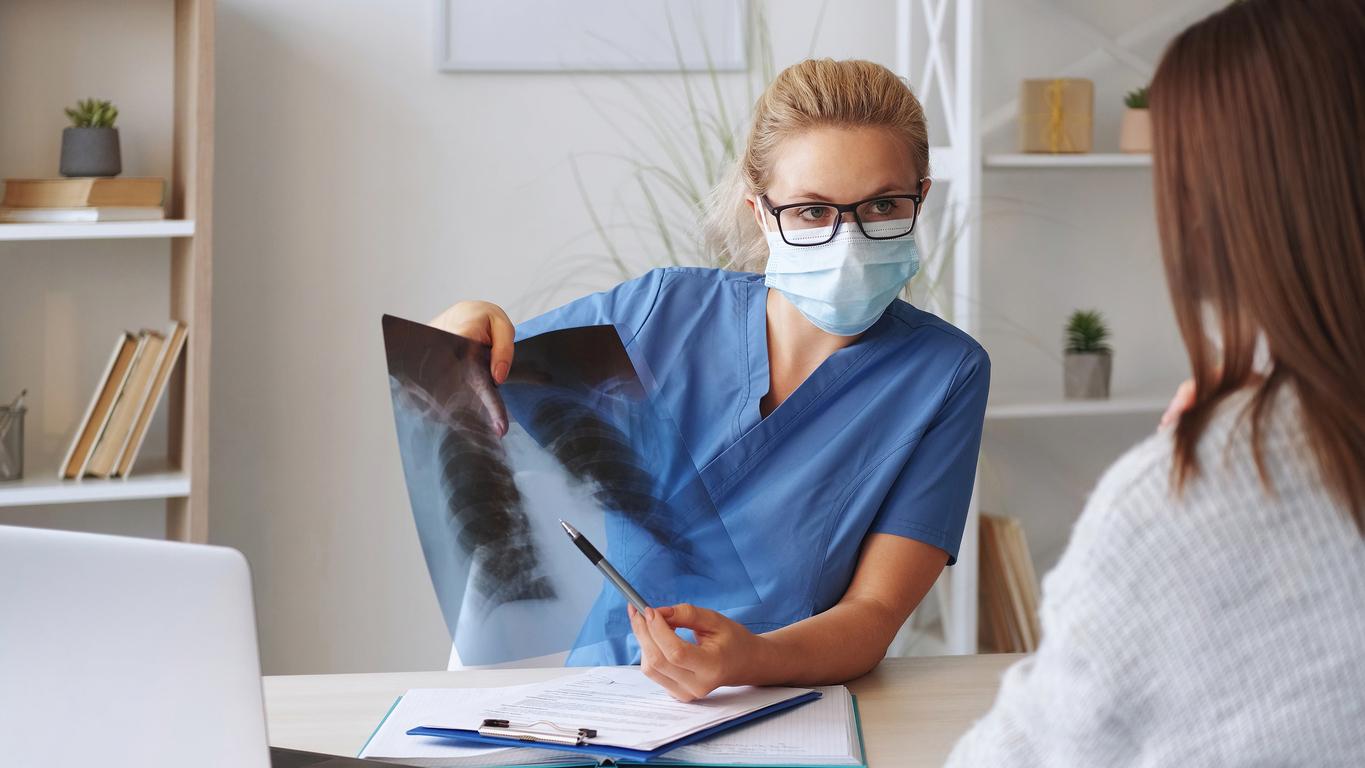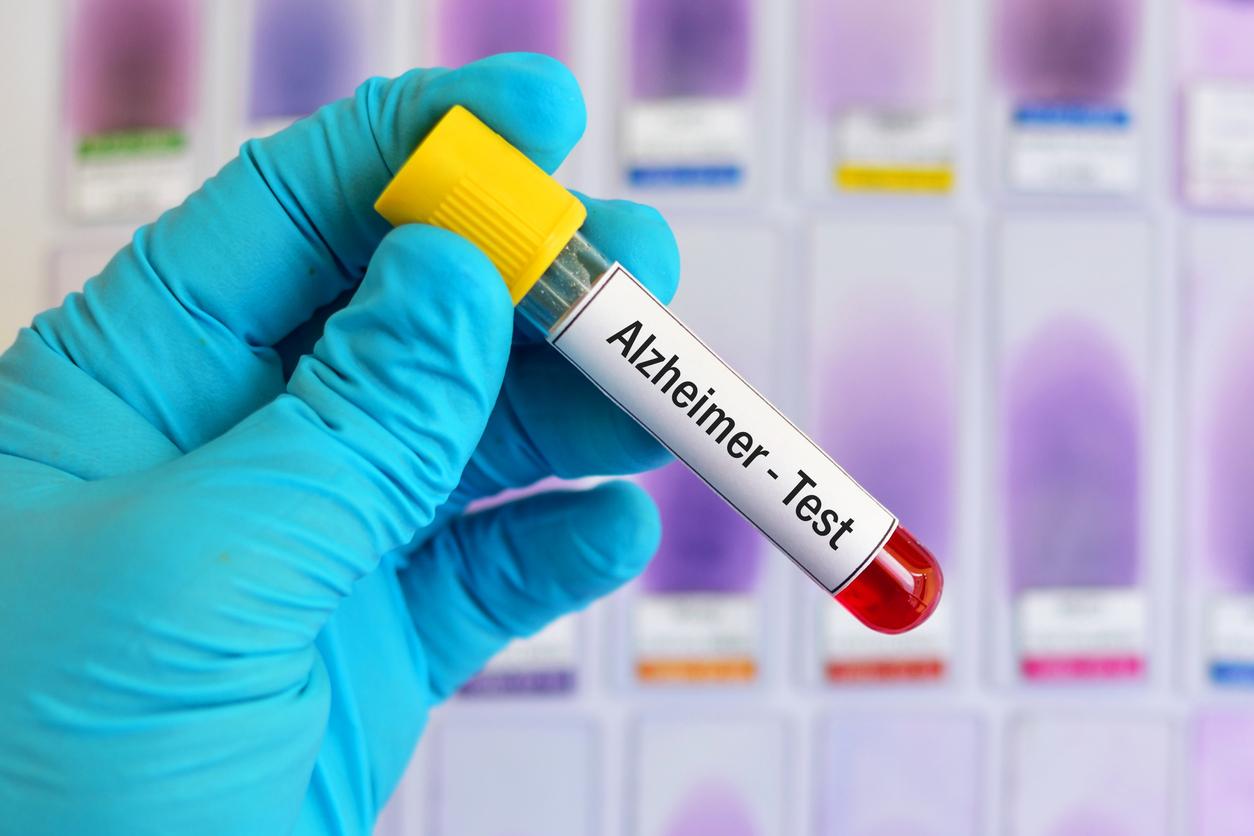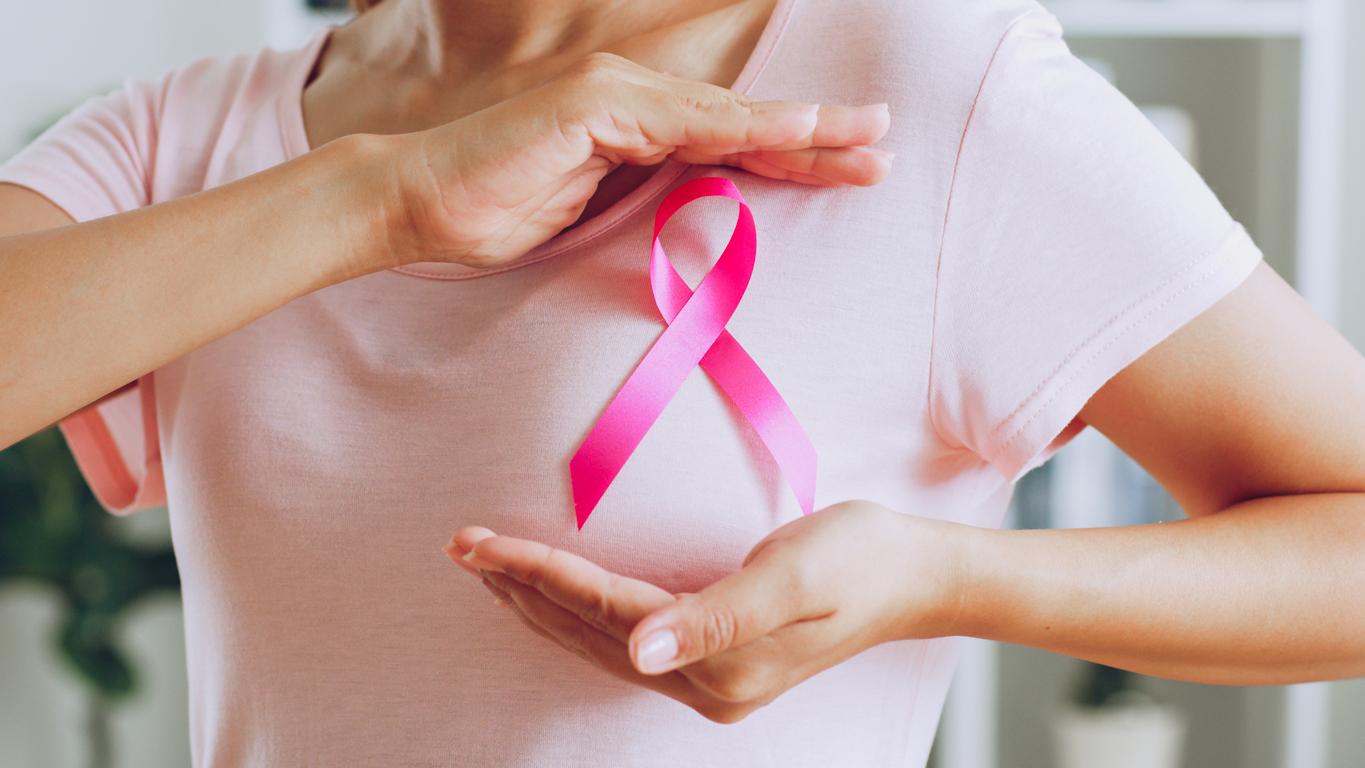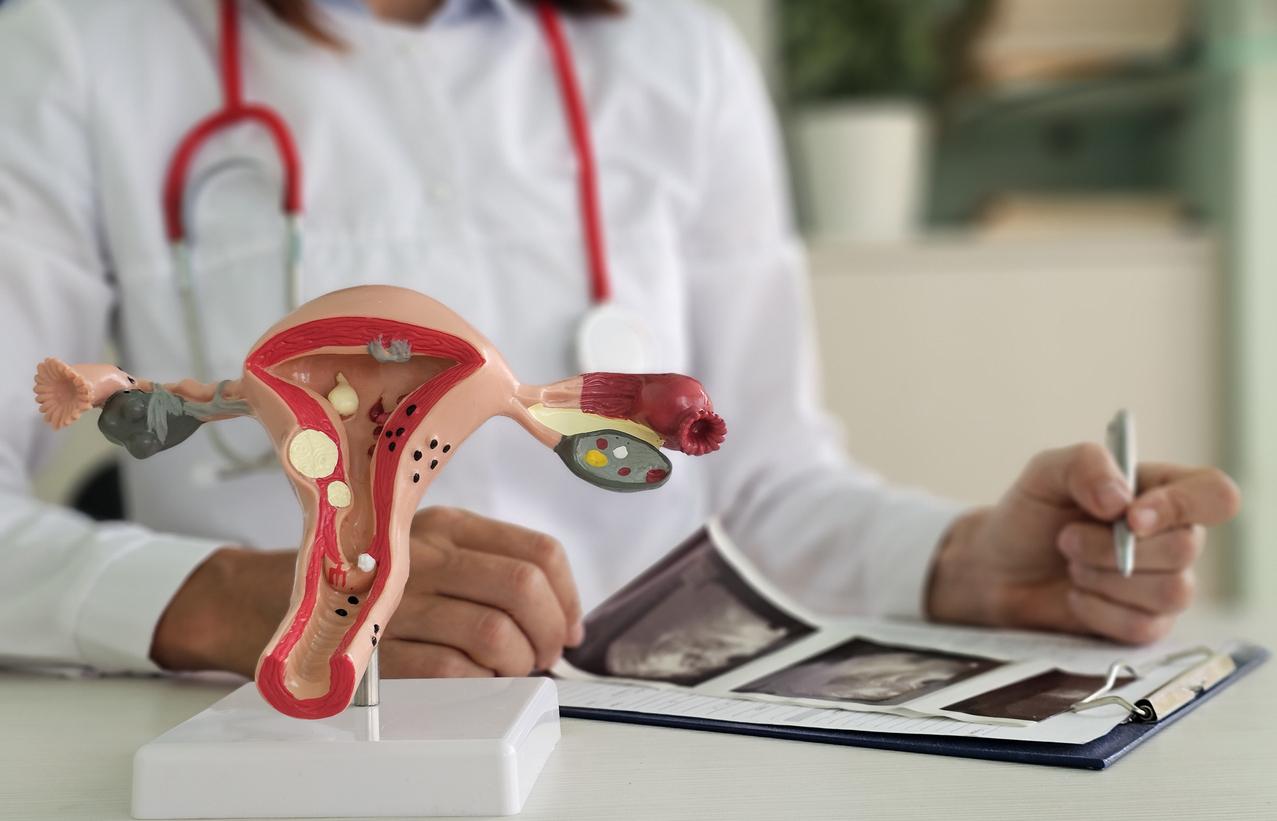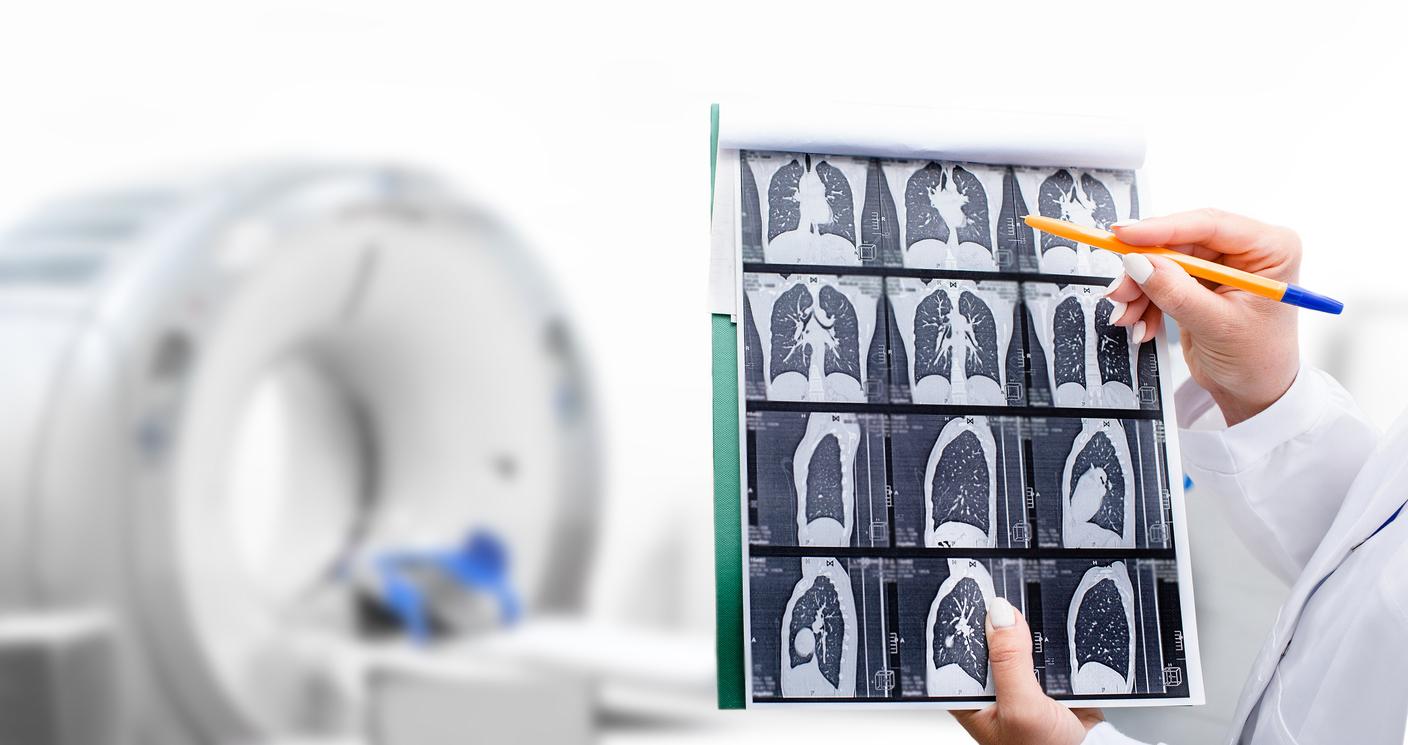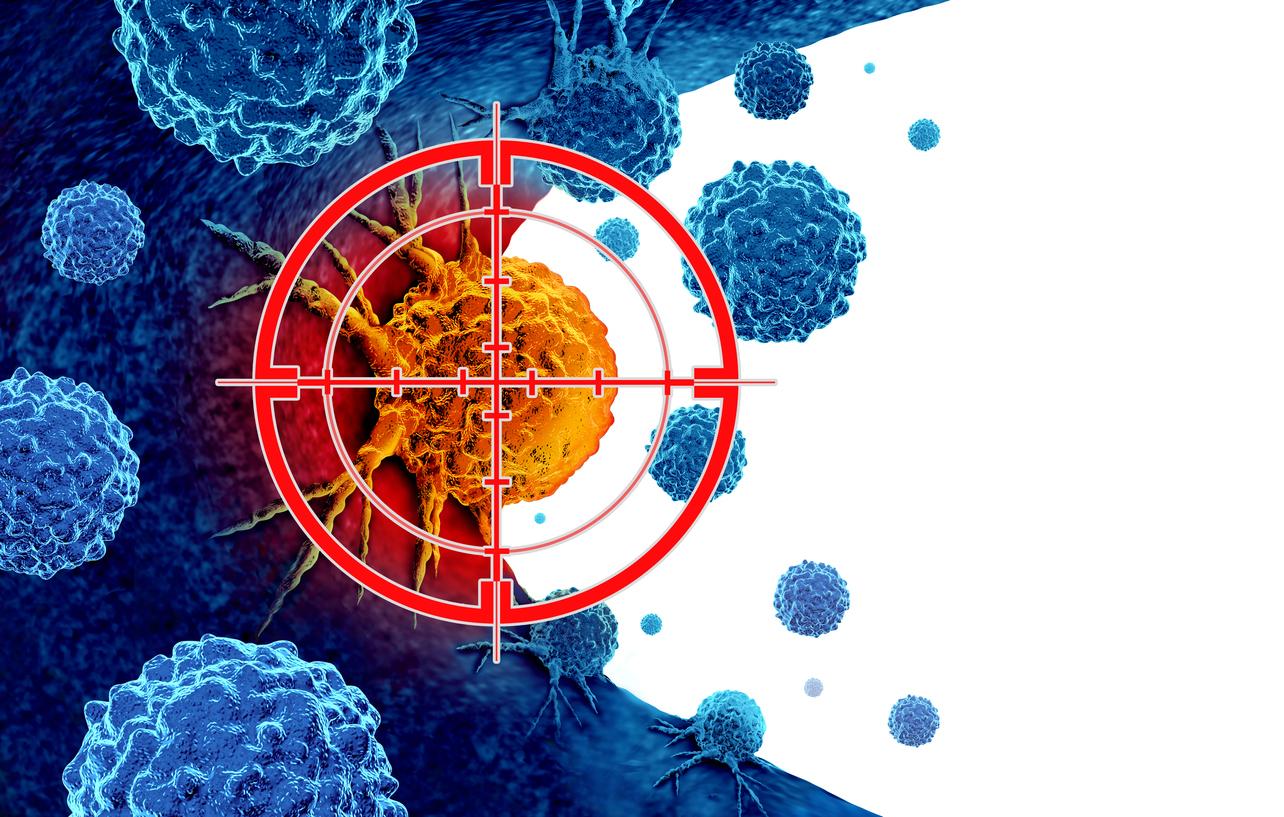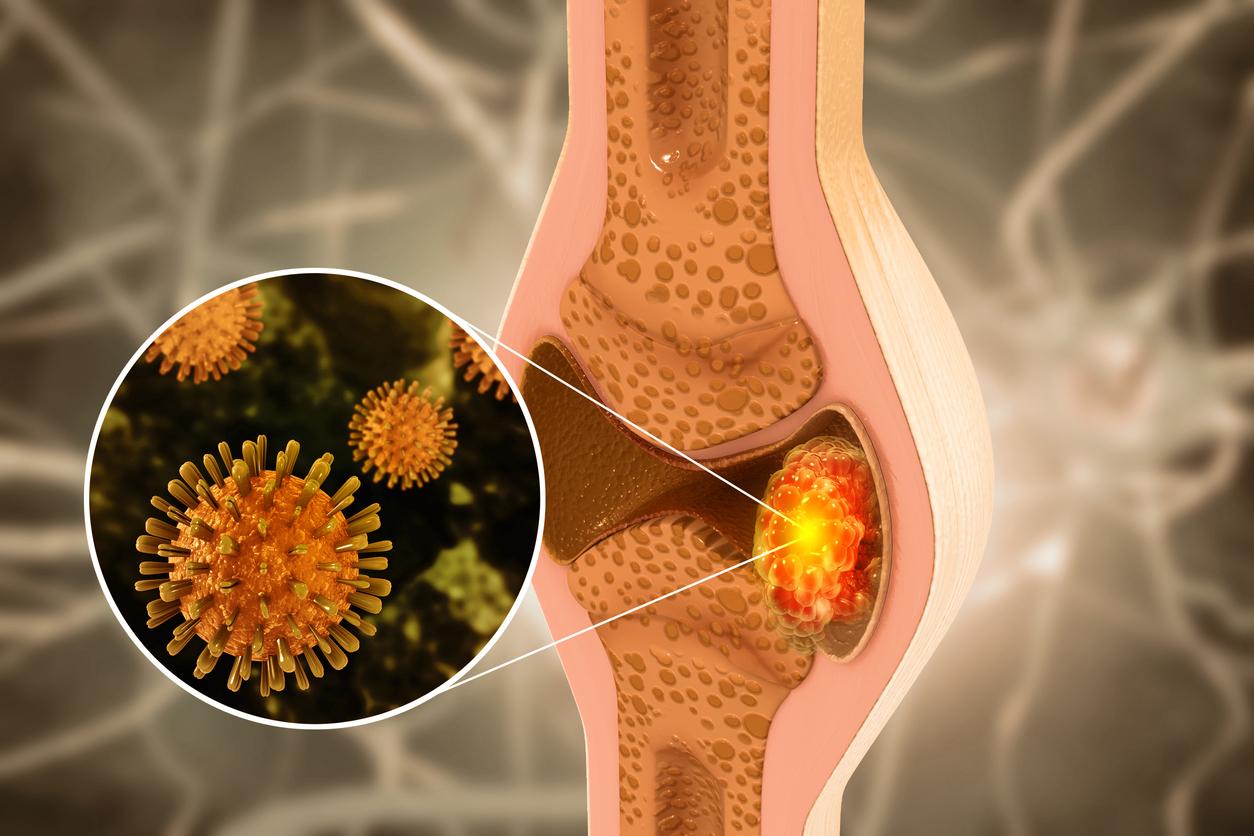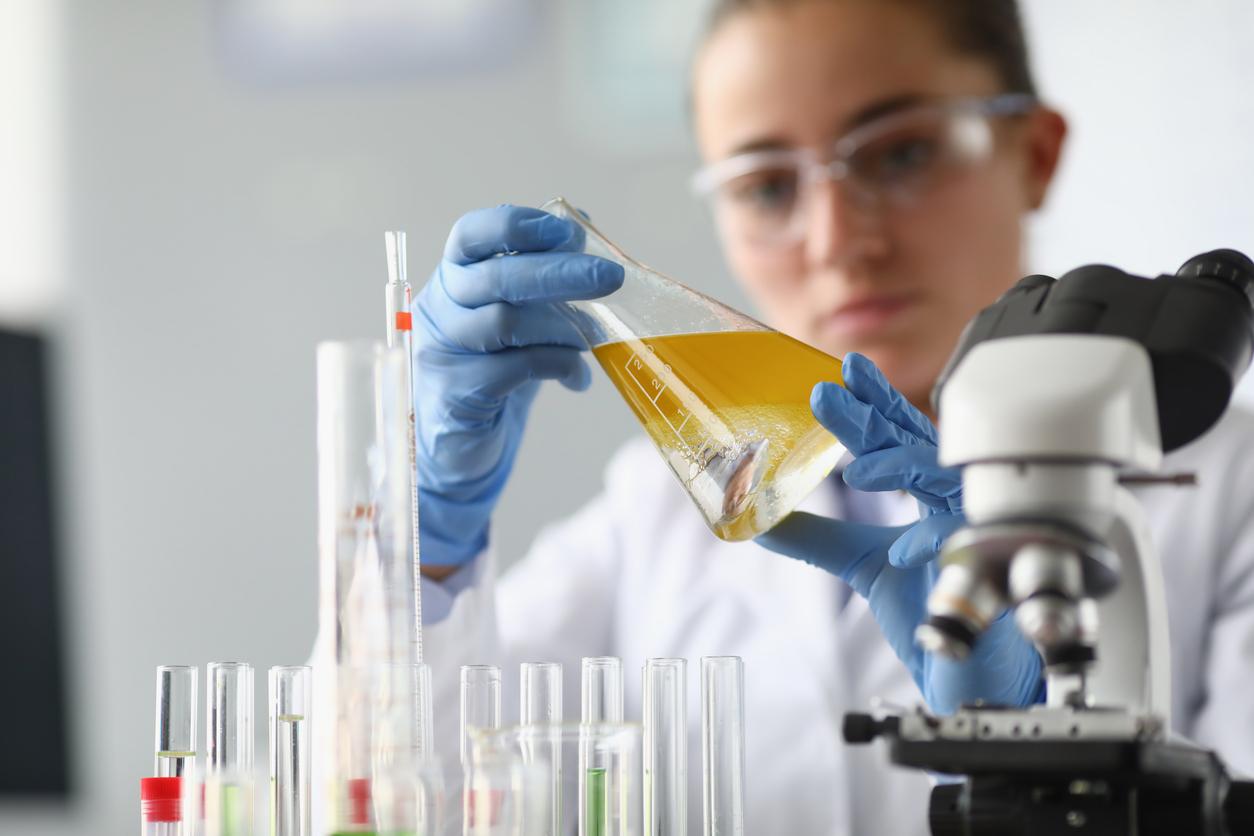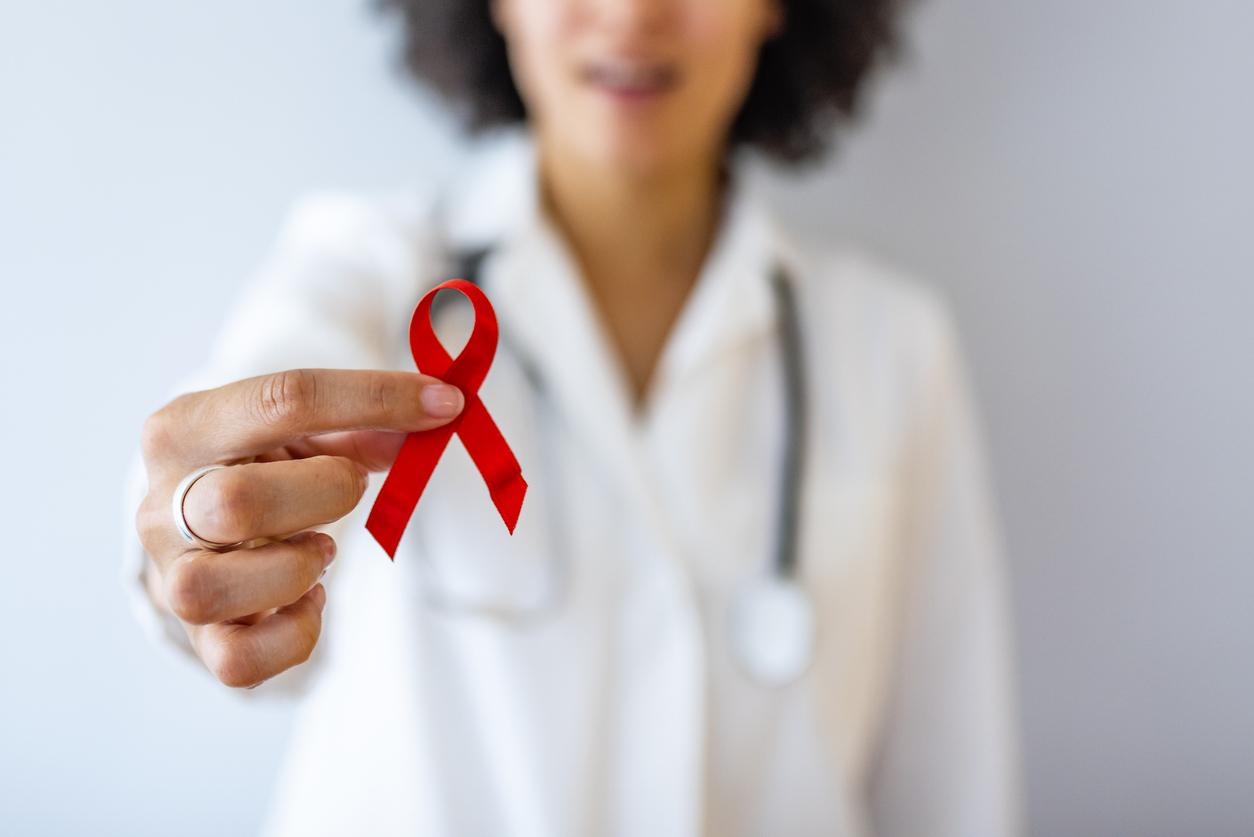For the 21st year, the month of October is placed under the sign of mobilization against breast cancer. Marisol Touraine presented this Wednesday the novelties of the 2014 campaign.

“I wish to organize, for the next two years, a scientific and citizen debate which will allow us to change our policy on breast cancer screening, taking into account the expectations and concerns of the women concerned”, declared this morning the Minister of Health Marisol Touraine, as part of the presentation of the new Pink October campaign, month of mobilization against breast cancer.
Family history and genetic predispositions
Conducted by the National Cancer Institute (INCa) at the request of the Ministry of Health and in partnership with the Health Insurance, the disease awareness campaign celebrates its 21 years. New for 2014: raising awareness among women affected by screening (aged 50 to 74) at average risk of developing breast cancer, but also at high risk.
“Paradoxically, women who are screened regularly, that is to say those over 50, are not those who present the highest risk of developing breast cancer,” says Marisol Touraine. The high risk corresponds to two factors: a family or personal history of breast cancer, on the one hand, and women with a BRCA1 or 2 genetic mutation, on the other hand. “Raising awareness among these women about screening is therefore one of our priorities this year” adds the Minister.
Listen Marisol Touraine, health Minister : “A mammogram every year is for women at average risk of developing breast cancer.”
“Fair” information
The Minister also referred to “ethical and fair” information for women on the advantages and disadvantages of screening. “A mammogram screening every two years from the age of 50, as well as in women at ‘high risk’, allows a better chance of recovery with less aggressive treatments and peace of mind,” said recalled the president of INCa Agnès Busyn.
The examination is also 100% reimbursed by the health insurance fund. However, this exam also has limitations. Between two mammograms, cancer can appear. This is called interval cancer. In addition, exposure to X-rays can sometimes trigger cancer, even if this risk is extremely rare: the Inca lists 1 in every 100,000 women who have had a mammogram every two years from the age of 50. years.
Fight against inequalities in access to screening
Third major objective of the October 2014 campaign: fight against social inequalities in access to screening. “35% of women do not get screened for breast cancer. Most of them come from disadvantaged backgrounds or are of foreign origin ”, according to INCa. As such, the Institute puts a device to their attention. It consists in particular of disseminating information media in foreign languages (Arabic, English, Turkish and Mandarin) in large urban areas.
INCa also makes its screening tools available to professionals in the social sector as part of a partnership with the Agency for Social Cohesion and Equal Opportunities (Acsé.) According to INCa, one in 8 women will be affected by breast cancer. However, one in three women in France is still not screened or not regularly.
Listen to Marisol Touraine. “Breast cancer kills 12,000 women each year. Screening allows him to be treated better. “
.







